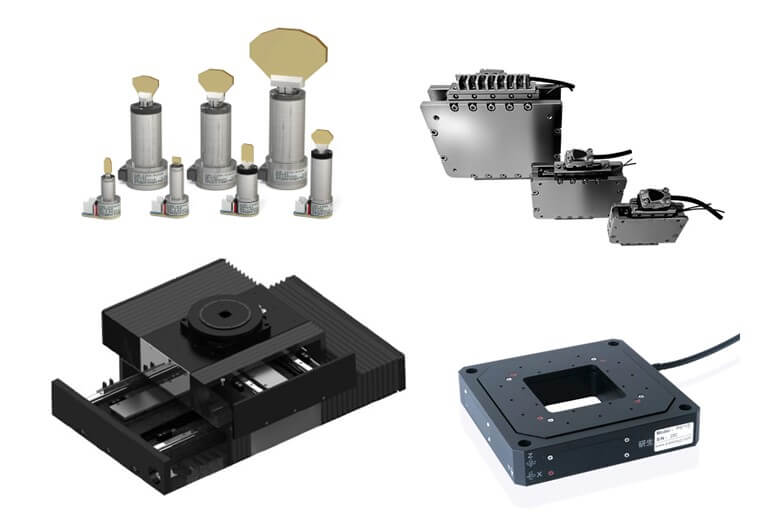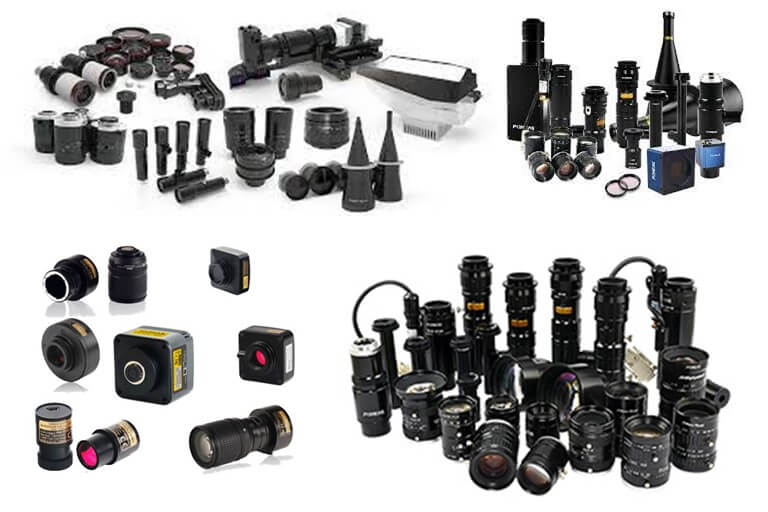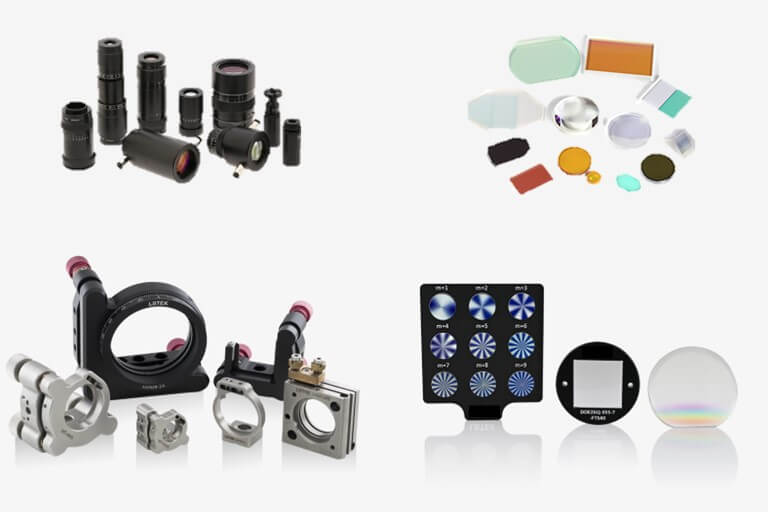What thickness measurement instruments are available for accurately inspecting thickness in the range of 250 Å?
1. Ellipsometer
- Principle: Measures the change in polarization state of reflected light to calculate the thickness and refractive index of thin films.
- Advantages: Suitable for measuring thin film thicknesses ranging from a few nanometers to several hundred nanometers, including semiconductor oxide layers and coatings.
- Cost: $60,000 – $200,000 Ellipsometers are more affordable compared to high-end microscopes and are easy to operate, making them ideal for evaluating film thickness and uniformity.
2. Atomic Force Microscope (AFM)
- Principle: Utilizes a fine probe that interacts with the sample surface to generate a topographic map.
- Advantages: AFM offers vertical resolution down to the picometer scale, making it suitable for measuring nanoscale thickness and analyzing surface roughness. It provides a good balance between cost and precision.
- Cost: $70,000 – $300,000 While not as expensive as TEM, AFM still offers high precision, making it a feasible option for nanoscale measurements.
3. Interferometric Microscope
- Principle: Uses interference patterns of light to measure surface height variations and film thickness.
- Advantages: Capable of measuring thickness changes in the range of 15 Å to several hundred nanometers, making it suitable for transparent and semi-transparent thin films.
- Cost: $40,000 – $200,000 Interferometric microscopes are more economical than electron microscopes, offering decent resolution and precision.
4. Spectroscopic Reflectometer
- Principle: Analyzes the spectrum of reflected light to calculate thin film thickness and optical properties.
- Advantages: Can measure a wide range of thicknesses from a few nanometers up to several hundred nanometers. Suitable for various optical films and semiconductor layers.
- Cost: $20,000 – $100,000 Spectroscopic reflectometers are relatively low-cost and user-friendly, making them ideal for industrial and lab applications.
5. X-Ray Reflectometry (XRR)
- Principle: Utilizes interference patterns generated by X-rays reflecting off the film surface to measure thickness.
- Advantages: XRR can accurately measure film thickness, density, and surface roughness within the sub-nanometer to several hundred nanometer range.
- Cost: $80,000 – $250,000 While XRR instruments are more expensive than optical methods, they are still more economical than TEM and offer non-destructive measurement capabilities.
6. Optical Profilometer
- Principle: Uses white light or laser interferometry to generate a 3D surface profile of the sample.
- Advantages: Ideal for measuring surface morphology and thickness at the nanometer scale. Suitable for transparent and semi-transparent films.
- Cost: $30,000 – $150,000 Optical profilometers offer a good compromise between precision and affordability, making them easy to use and maintain.
7. Thin Film Thickness Meter
- Principle: Uses interference or reflection of light to estimate film thickness.
- Advantages: Can measure thickness ranging from 15 Å to hundreds of nanometers. It is portable, easy to use, and suitable for quick on-site measurements.
- Cost: $5,000 – $50,000 Thin film thickness meters are generally more economical and offer sufficient accuracy for practical applications.
Recommended Options:
For measuring thicknesses in the range of 15 Å to 300 Å, ellipsometers, spectroscopic reflectometers, and AFMs are highly recommended due to their good balance of precision, ease of use, and cost-efficiency. Ellipsometers and spectroscopic reflectometers are especially suited for thin film and semiconductor applications due to their high accuracy and ease of operation.
Selection Criteria:
- If the sample is optically transparent or semi-transparent (e.g., SiO₂ films), an ellipsometer or spectroscopic reflectometer would be ideal choices.
- If surface roughness and 3D morphology are critical, an AFM would be more suitable.
- For thin films with precise structural requirements, X-ray reflectometry (XRR) provides a good alternative with higher resolution.



